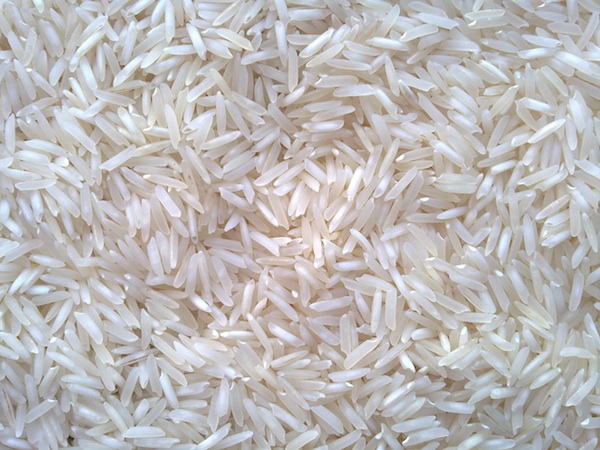A few weeks back, my life was turned upside down.
No-one died. My wife didn't leave me. My home didn't blow away in a storm. Worse than all those things: my beloved iPhone 4 spent the night outside, on the patio, in the rain.
My friends consider me a phone addict, and it's true - I do worship at the altar of mobile data.
When the horrid mistake was discovered the morning after, my wife mocked me as I sat at the kitchen table, head in hands.
She thought my obvious despair was for the device itself. She was wrong - it was for the data it contained, and the inevitable disruption to come. I was calculating the data loss.
It didn't even occur to me that the hardware might be rescued. There was water oozing out of every port and orifice. I dried it superficially with a tea towel, but when I held it up to inspect it, more water came out. There were water droplets inside the camera lens. It was obviously a goner.
It was a Saturday morning, so I headed straight to town to research the best handset-only prices. By the end of the day I was up and running again with a new handset, rebuilt from my last iTunes back-up, and the data loss hadn't proven too bad. Some pics, contacts and some text history. Not a disaster.
My thoughts turned back to the soaked old handset and what value I might be able to salvage from it to offset the cost of the new one. Then a friend told me online about the "rice in a bag" trick.

We've probably all seen salt cellars in greasy spoon cafés with a few grains of rice at the bottom. Rice absorbs moisture from the salt and keeps it flowing. Rice is the natural alternative to those little bags of silica gel ("DO NOT EAT"!) that arrive in boxes of new electronic goodies. My friend's advice made sense intuitively, but what my eyes had seen when the water poured out of my iPhone made my mind sceptical.
Nothing to lose, though, except the cost of some rice.
The idea is that you leave your waterlogged phone submerged in a decent quantity of rice, in a small plastic bag, until it dries out.
I chose Uncle Ben's Long Grain, because that's what we had in the cupboard. I hazard a guess that you're better off using white rice rather than brown, or red, or whole grain.
I put my wet iPhone inside a small freezer bag, poured in the rice, made sure that the phone was completely surrounded by rice, put the whole lot in a small bowl to support it and left the bowl in the airing cupboard for 24 hours. I left the bag open at the top, thinking that a bit of ventilation can only be useful.
When I removed the iPhone from the bag, it was a bit dusty, but there was certainly no more water oozing out. I could still see some microscopic water droplets on the inside of the camera lens, so I should probably have given it another 24 hours. But, being an impatient type, and feeling I had little to lose, I plugged in the iPhone charger to see what would happen.
Miraculously... it charged. A few hours later, it started up and played very nicely.
It's now in the hands of a friend and colleague who's using it as his every day phone.
The only thing that no longer works? The camera flash, which is perhaps no surprise.
But I do find it astonishing that a device that has way more computing power than Apollo space craft and even a space shuttle can be effectively immersed and come back from the dead.
Incredible engineering.